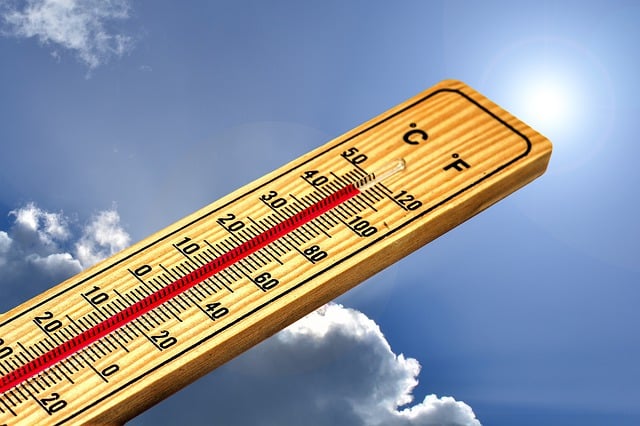
Climate & Comp
Sacramento, CA (WorkersCompensation.com) – A new study from the Workers' Compensation Research Institute (WCRI) finds that heat standards in California resulted in fewer work-related injuries on hot days.
The study, “Impact of the California Heat Standard on Workers' Compensation Outcomes,” examined how the California heat standard affects the incidence of injuries in occupations that are exposed to heat, such as construction, agriculture, and transportation.
California is one of seven states, including Colorado, Maryland, Minnesota, Nevada, Oregon and Washington, with heat standards for workers in heat-exposed workplaces. California has indoor and outdoor heat exposure standards and additional protection triggers at 80°F outdoors and 82°F indoors. The standards were implemented in 2005 after several farm workers died due to the heat. The outdoor emergency heat ordinance was expanded to include indoor workplaces in 2024.
The Heat Standard requires employers to provide water, shade, rest breaks, acclimatization plans, and emergency protocols on days of excessive heat.
WCRI research found that heat-related illnesses are 11 to 18 times more likely on days when temperatures rise by about 30°C. But California's heat standard appears to reduce the risk of injury by 15 percent, the report says.
The research echoes other research at George Washington University and the Harvard TH Chan School of Public Health. The study, A Nationwide Analysis of Heat and Workplace Injuries, found that the risk of workplace injuries not only begins to increase when the daily heat index reaches 30°C, but also increases sharply when the temperature reaches 30°C. The study found that workers in states with workplace heat exposure standards appear to be at lower risk of injury on hot days. Around 28,000 work accidents per year are due to working on hot days.
“These results underscore the importance of protecting workers from extreme heat,” said David Michaels, senior author and professor of environmental and occupational health at the GW Milken Institute School of Public Health. “A strong OSHA standard not only prevents heat illnesses and deaths, but also thousands of workplace injuries each year.”
The research found that heat-related workplace accidents linked to exposure to extreme heat occurred in almost all industries, including those where work is predominantly carried out indoors.
“Extreme heat can cause fatal heat stroke. But before we reach these levels, we found that even moderate heat can slightly increase the risk of workplace injuries,” said Barrak Alahmad, lead author and director of the Occupational Health and Climate Change Program at the Harvard TH Chan School of Public Health. “A result that was remarkably consistent across almost all industries we examined.”
The WCRI study found that employers can protect their workers by ensuring workers have access to water and shade. In addition, employers should have and be prepared to implement high-temperature procedures for temperatures above 30°C, such as a buddy system or monitoring, water reminders, contact with supervisor and additional breaks. In addition, employers should have emergency response and heat illness prevention plans in place, including plans for communicating with emergency services, first aid protocols, transporting sick workers to cooler locations, and maintaining a written heat illness prevention plan. Employers should also implement acclimatization protocols that expose employees to high heat exposures over a two-week period and provide them with training on the types of heat illnesses, symptoms, prevention, hydration, acclimatization, employer responsibilities, and heat illness reporting protocols.
According to the U.S. Bureau of Labor Statistics, 55 American workers died as a result of environmental heat in 2023, an increase from the 43 deaths in 2022. Statistics from 2024 are not yet available.
Last year, several employees died due to heat exposure, including a Department of Public Works employee from Baltimore, Maryland, who died on his trash route during an extreme heat alert; a 26-year-old farm worker who collapsed from heat stroke on a sugarcane farm; and a North Carolina postal worker who died in her mail vehicle.
According to the U.S. Environmental Protection Agency, nearly 1,000 workers (986) died from heat exposure between 1992 and 2022, an average of 34 deaths per year. The deaths come from all industrial sectors, but almost 34 percent of them came from the construction sector. The total number of heat-related deaths per year during this period ranged from 11 in 1992 to 61 in 2011.
